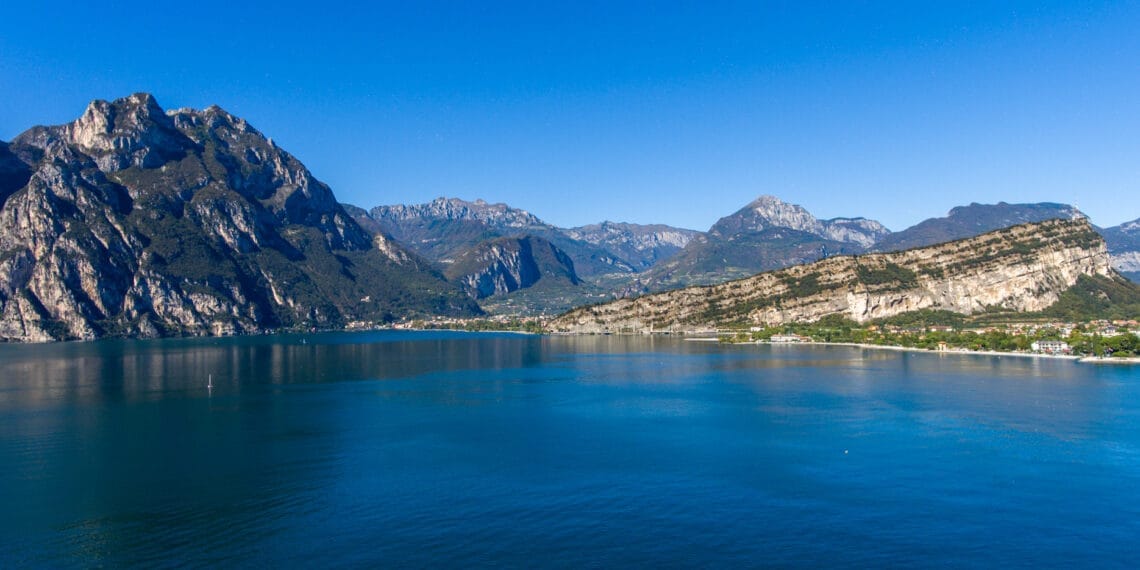Tourism in Italy, traditionally concentrated in the summer months, is experiencing a significant shift in visitor numbers towards September. This phenomenon is driven by favorable weather and declining rates, making the month increasingly appealing to tourists. According to estimates from the Centro Studi Turistici for Assoturismo Confesercenti, it is anticipated that 15 million tourists will stay in Italian accommodations in September, generating a total of 50.2 million overnight stays, an increase of 0.6% compared to the same month in 2023.
A Lackluster Summer and Prospects for September
The forecasts for September provide a positive note following a summer that did not meet expectations. Domestic demand has contracted by 2.9%, negatively impacting the tourism sector, particularly in seaside, mountain, and thermal destinations. In contrast, art cities, rural, and hilly locations show more optimistic trends, with growth forecasts of 2.4% and 2.1%, respectively. Even lake destinations, such as those around Lake Garda, are experiencing a slight growth of 0.9%.
Lake Garda: A Season of Recovery
Lake Garda, a symbol of Italian lake destinations, saw an average occupancy rate of 95% in August, marking a one percentage point increase compared to 2023. This result is particularly noteworthy considering a lackluster start to the season, characterized by reduced spending power and visitor numbers from the German population. Despite this, Garda continues to be a growing destination, aided by the exponential increase in visitors from North America and Arab countries, which are compensating for the slight decline in Northern European visitors.
Internationalization and the Future of Tourism in Garda
The rise in the number of American tourists is particularly significant for the economy of Lake Garda. These tourists, representing the new frontier of Garda tourism, are now the top spenders, averaging $447 per day, compared to the $188 spent by German tourists. This new mix of visitors, along with Garda’s strategic geographic location between major cities like Venice, Milan, and Brescia, is driving an increasing internationalization of tourism in the area.
Overtourism or Lack of Planning?
A critical issue related to the rise in tourist numbers is overtourism, a term often used to describe the saturation of tourist destinations. However, the real issue that emerges is the lack of adequate infrastructural planning to support the growing influx of tourists. Since 1990, tourist numbers at Lake Garda have increased from 5 to nearly 29 million, yet the infrastructure serving the region has remained largely unchanged. This imbalance highlights the need for a more forward-thinking vision and prudent management of tourism that allows for the support of the local economy without compromising quality of life and the environment.
Data from Confesercenti and Assoturismo.
Italian Version

